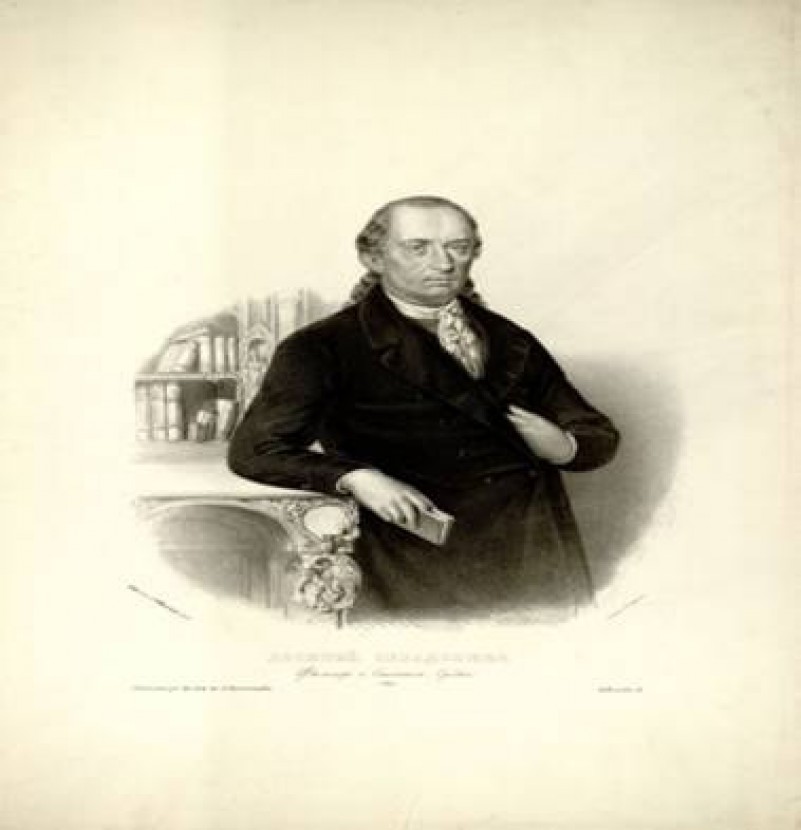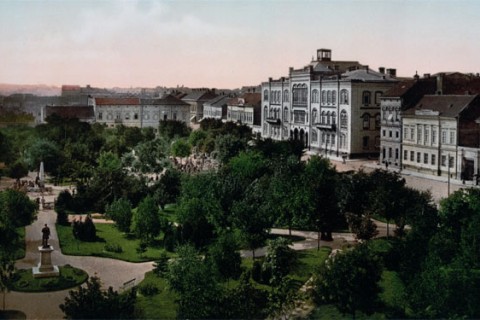Higher Education in Serbia 1808-2008
On September 13, 2008, a Ceremonial Act due to the celebration of the 200th Anniversary of Belgrade University was organized in the Sava Center. Boris Tadic, President of the Republic of Serbia and Branko Kovacevic, Rector of the University of Belgrade were speakers during the regular part of the program which was followed by a concert of the Belgrade philharmonic orchestra and a cocktail.
The roots of the Serbian Higher Education system go back to 1808, when Dositej Obradovic founded the Great School – later, in 1811, he became the first Minister of Education. He aspired to educate the people of Serbia by spreading his knowledge and ideas among them. As a rationalist, patriot and reformer, he fought against superstition and the omnipotence of the Church, and he was one of the first who strove to unite the Yugoslav peoples regardless of their religious differences. He pleaded for the usage of a popular language in literature, for liberation of women from their slavish position etc.
The University of Belgrade is the oldest and most important institution of higher education in Serbia. Founded in 1808 as the Great Academy in revolutionary Serbia, it merged in 1838 with the Kragujevac-based Lycee into a single university. Formally it was granted its university rights by a royal charter in 1905.
On March 12th 1905, King Petar I signed the Decree on the Enactment of the University Law which, according to many academic standards, was in line with current trends of a modern university and which strongly resembles some of the principles of the Bologna Declaration. However, the origin of higher education in Serbia may be traced back to the 30s of the 19th century, when Serbia acquired the status of a vassal state after the II Serbian Uprising. The Lycee was established in Kragujevac in 1838 and moved to Belgrade after three years. At the time it had three faculties: engineering, law and philosophy. The University was located in Captain Miša’s Mansion where its Rectorate is still located (and where WUS Belgrade office was located from 2001 – 2005).
It was one of the first institutions of higher education in the wider area of the Balkans, which had for centuries been under the Ottoman reign, having thus missed the opportunity to introduce higher education much earlier, like other parts of Europe did. We should recall that the universities appeared in Western Europe in the period from the 11th to the 14th century. The first among them was the University of Bologna, founded in 1088.
In Serbia, which was facing final withdrawal of the Turks in autumn 1863, the Lycee was transformed into the Great School, which grew into the University of Belgrade in 1905.
As stated above, formal higher education in Serbia was established in 1808, and its institutions maintained ideals and criteria of western universities ever since, although they faced some serious difficulties in the 1990s. In the last decade of the 20th century, universities in Serbia have been a refuge of political dissidents and a base of opponents of the governing regime. Students and professors together organized several major protests which, along with strong political initiative, eventually led to the breakdown of Milosevic’s government in October 2000, thus enabling Serbian engagement in European integration.
In 1999, Serbia did not take part in signing the Bologna Declaration due to NATO bombing and international sanctions which were in process at the time, and due to an inadequate University Law from 1998. However, after the democratic changes in 2000, Serbia regained its membership in international institutions, changed its University Law and officially became part of the Bologna Process in 2003. During this time, domestic universities maintained a vivid cooperation with the partner institutions from abroad, exchanging experiences on developing and implementing new regulations. The new Serbian Law on higher Education was adopted in September 2005 and is completely harmonized with the principles of the Bologna Process.


